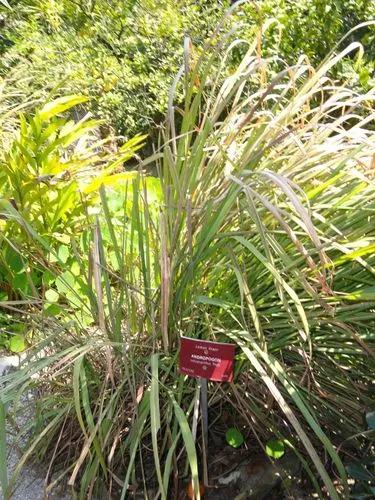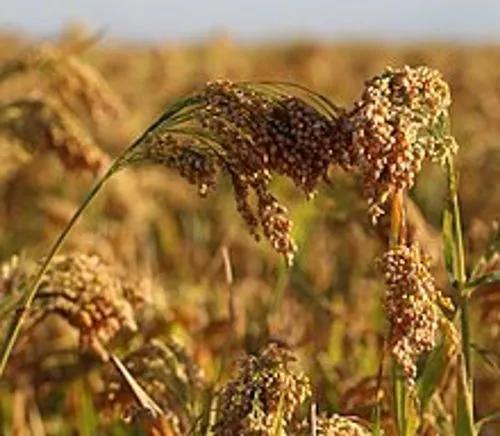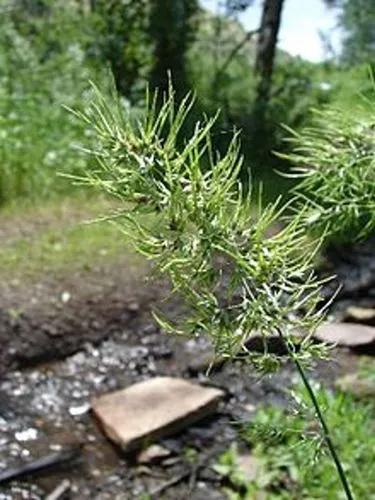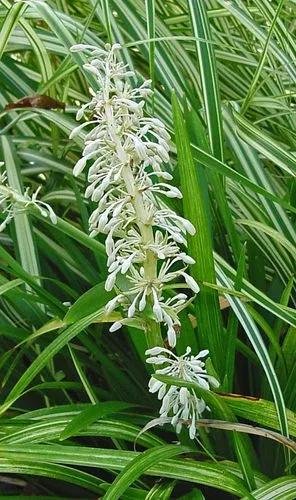Mibora minima, the early sandgrass, is a small (between 2 and 15 cm high) annual species of grass that is native in western and southwestern Europe. It is an invasive species on both sides of the Canada–United States border from Lake Huron east to Maine.
Early Sand Grass Care
Mibora minima



Mibora minima is a small annual species of grass, with tufts of thin stems of about 0.3 mm wide and 10 cm long, each with 2 or 3 leaves at or very near the base, consisting of tender, shallowly grooved sheaths, rounded at their back, 0.2–1 mm long ligules, flat or enrolled blades of 1–5 cm long which are up to 0.5 mm wide and have a stump tip. Early sand grass is a non-native grass that has been collected from old soil ballast piles and around nurseries in Massachusetts. It is called "early" sand grass because in its native range it can flower in December or January during warm winters. This small grass, growing in tufts only 2-10 cm (1-4 inches) tall, does not appear to be spreading in North America; its home range is in western Europe. However, that may change, as nurseries are beginning to offer this pretty little grass as a planting for rock gardens.
This plant might be poisonous
How to get rid of: Look for a herbicide with the active ingredient sethoxydim, which is very effective on sand grass (and, by the way, bahia grass) and is labeled for centipede grass only. Do not use on bermuda grass – it will kill it. Remember, always read and follow label directions when using any pesticide.
Discover more plants with the list below
Popular articles






